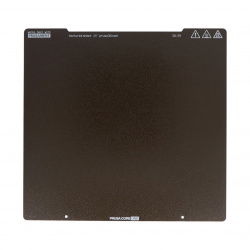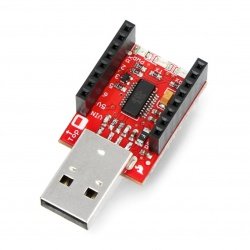Advantages of an ABS filament
What are the advantages and disadvantages of ABS filament? Many questions arise with the growing popularity of 3D printing. More and more people own their individual 3D printer, and there is a high demand for popular filaments. ABS filaments are often used for professional applications, for example, by engineers and architects to produce prototypes or models. But also amateur makers often use this material.
Smart ABS is a high-quality filament that can be used to print solid 3D objects. It has numerous advantages, and that’s why it’s trendy among professionals and hobbyists. Acrylonitrile-butadiene-styrene is chemically stable and resistant to most solvents, alcohols, and oils. This material is ideal, for example, for printing components. A 3D printer requires relatively little pressure to press ABS out of the nozzle. Also, ABS absorbs little water from the ambient air; therefore it doesn’t have to be sealed airtight and stored dry. What is more, ABS can be recycled (but not all collection points accept this plastic). It is classified with the recycling code 7. Some manufacturers have developed special, improved ABS variants. These are sold, for example, as “smart ABS.” If you’re looking for high-quality smart ABS filament, browse this category. Botland.store offers diverse smart ABS models at fair prices. In our catalog, you will find Spectrum smart ABS available in various colors, for example, “Pacific Blue”, “Deep Black”, “Coral”, “Dragon Red”, “Forest Green”, and many more!
Suitable for different purposes
ABS is primarily used to manufacture consumer goods such as LEGO bricks, kitchen appliances, or other everyday items. This material is also very popular in prototype making, and in the electronics industry. Also, some automotive companies use ABS to produce parts. The melting temperature of this material is in the range of 210-240 ° C. It can be used in 3D printing (FFF or FDM). Processing of ABS in 3D printing is a little less complicated compared to PLA filament, due to the stronger shrinking behavior (warping) of the polymer. However, defined printing conditions guarantee perfect build-up pressure. A heated print bed and a closed installation space are very helpful during the whole printing process. So-called blue tapes, adhesive sprays, and special glues can improve adhesion to the printing table. A special, already coated printing plate (BuildTak plate) can also be used. When processing the ABS, ensure that there is adequate ventilation in the room, as there is an odor during the 3D printing process with ABS. The gases released can also be toxic if used improperly.
Standard ABS types have a softening point around 110 - 125 ° C. The dimensional stability is given at temperatures up to a maximum of 95 ° C. After pretreatment, ABS is ideal for electroplating, painting, and printing. Mechanical processing, such as sawing, drilling, and grinding is also possible.
















































































































































































































































































































































